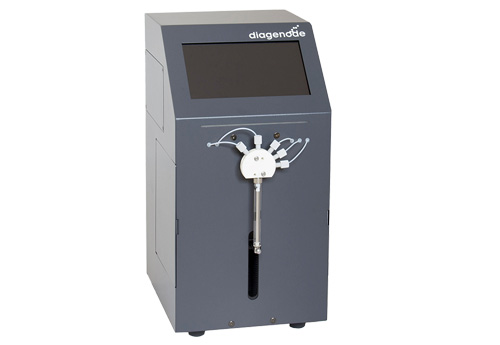Long-read sequencing and haplotype linkage analysis enabled preimplantation genetic testing for patients carrying pathogenic inversions.
Zhang S, Liang F, Lei C, Wu J, Fu J, Yang Q, Luo X, Yu G, Wang D, Zhang Y, Lu D, Sun X, Liang Y, Xu C
BACKGROUND: Preimplantation genetic testing (PGT) has already been applied in patients known to carry chromosomal structural variants to improve the clinical outcome of assisted reproduction. However, conventional molecular techniques are not capable of reliably distinguishing embryos that carry balanced inversion from those with a normal karyotype. We aim to evaluate the use of long-read sequencing in combination with haplotype linkage analysis to address this challenge. METHODS: Long-read sequencing on Oxford Nanopore platform was employed to identify the precise positions of inversion break points in four patients. Comprehensive chromosomal screening and genome-wide haplotype linkage analysis were performed based on SNP microarray. The haplotypes, including the break point regions, the whole chromosomes involved in the inversion and the corresponding homologous chromosomes, were established using informative SNPs. RESULTS: All the inversion break points were successfully identified by long-read sequencing and validated by Sanger sequencing, and on average only 13 bp differences were observed between break points inferred by long-read sequencing and Sanger sequencing. Eighteen blastocysts were biopsied and tested, in which 10 were aneuploid or unbalanced and eight were diploid with normal or balanced inversion karyotypes. Diploid embryos were transferred back to patients, the predictive results of the current methodology were consistent with fetal karyotypes of amniotic fluid or cord blood. CONCLUSIONS: Nanopore long-read sequencing is a powerful method to assay chromosomal inversions and identify exact break points. Identification of inversion break points combined with haplotype linkage analysis is an efficient strategy to distinguish embryos with normal or balanced inversion karyotypes, facilitating PGT applications.

